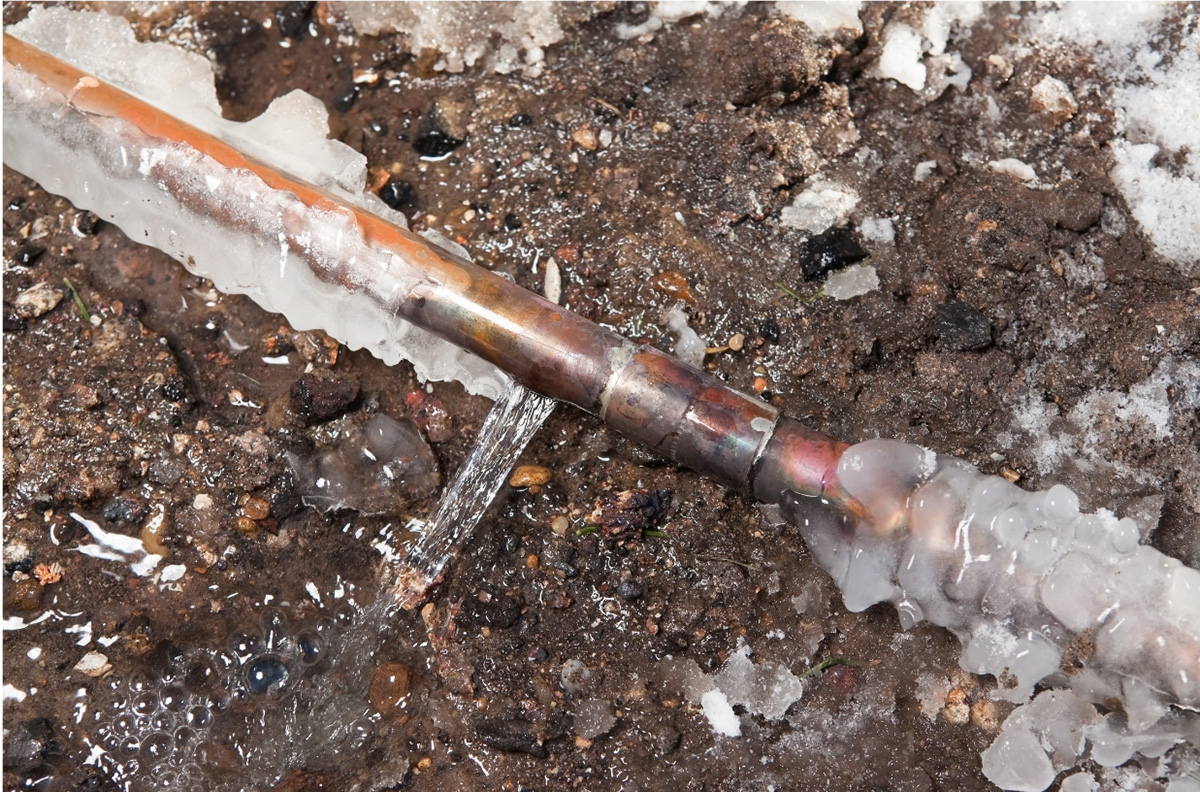Protecting Against Frozen Pipes: Best Methods for Winter
Protecting Against Frozen Pipes: Best Methods for Winter
Blog Article
Just how do you feel on the subject of Winter Plumbing Precautions: Preventing Frozen Pipes?

Cold weather can wreak havoc on your plumbing, especially by freezing pipelines. Right here's exactly how to stop it from taking place and what to do if it does.
Introduction
As temperature levels decrease, the risk of frozen pipes increases, possibly bring about expensive repair work and water damages. Recognizing exactly how to stop frozen pipes is essential for homeowners in chilly climates.
Avoidance Tips
Protecting vulnerable pipelines
Wrap pipelines in insulation sleeves or use heat tape to shield them from freezing temperature levels. Concentrate on pipes in unheated or outside areas of the home.
Home heating methods
Keep interior spaces effectively heated up, particularly locations with pipes. Open cabinet doors to permit warm air to circulate around pipelines under sinks.
Just how to identify frozen pipes
Search for decreased water flow from taps, unusual smells or sounds from pipes, and noticeable frost on subjected pipelines.
Long-Term Solutions
Architectural changes
Think about rerouting pipelines far from outside walls or unheated locations. Include added insulation to attics, cellars, and crawl spaces.
Updating insulation
Invest in high-quality insulation for pipelines, attics, and walls. Proper insulation assists maintain regular temperature levels and reduces the threat of icy pipes.
Safeguarding Exterior Plumbing
Garden pipes and outdoor taps
Detach and drain yard tubes before wintertime. Mount frost-proof spigots or cover outside faucets with insulated caps.
Recognizing Icy Pipelines
What creates pipelines to freeze?
Pipelines ice up when exposed to temperatures below 32 ° F (0 ° C) for extended periods. As water inside the pipelines freezes, it expands, putting pressure on the pipeline walls and possibly causing them to break.
Dangers and problems
Frozen pipes can cause water supply disruptions, property damages, and pricey repairs. Ruptured pipelines can flood homes and trigger considerable structural damage.
Indicators of Frozen Pipes
Recognizing frozen pipelines early can prevent them from rupturing.
What to Do If Your Pipelines Freeze
Immediate actions to take
If you suspect icy pipes, maintain taps open to alleviate pressure as the ice melts. Use a hairdryer or towels soaked in hot water to thaw pipelines gradually.
Final thought
Protecting against frozen pipes needs positive measures and quick feedbacks. By comprehending the reasons, indicators, and preventive measures, home owners can protect their pipes throughout cold weather.
5 Ways to Prevent Frozen Pipes
Drain Outdoor Faucets and Disconnect Hoses
First, close the shut-off valve that controls the flow of water in the pipe to your outdoor faucet. Then, head outside to disconnect and drain your hose and open the outdoor faucet to allow the water to completely drain out of the line. Turn off the faucet when done. Finally, head back to the shut-off valve and drain the remaining water inside the pipe into a bucket or container. Additionally, if you have a home irrigation system, you should consider hiring an expert to clear the system of water each year.
Insulate Pipes
One of the best and most cost-effective methods for preventing frozen water pipes is to wrap your pipes with insulation. This is especially important for areas in your home that aren’t exposed to heat, such as an attic. We suggest using foam sleeves, which can typically be found at your local hardware store.
Keep Heat Running at 65
Your pipes are located inside your walls, and the temperature there is much colder than the rest of the house. To prevent your pipes from freezing, The Insurance Information Institute suggests that you keep your home heated to at least 65 degrees, even when traveling. You may want to invest in smart devices that can keep an eye on the temperature in your home while you’re away.
Leave Water Dripping
Moving water — even a small trickle — can prevent ice from forming inside your pipes. When freezing temps are imminent, start a drip of water from all faucets that serve exposed pipes. Leaving a few faucets running will also help relieve pressure inside the pipes and help prevent a rupture if the water inside freezes.
Open Cupboard Doors
Warm your kitchen and bathroom pipes by opening cupboards and vanities. You should also leave your interior doors ajar to help warm air circulate evenly throughout your home.

I am just very interested in Preventing and dealing with frozen pipes and I really hope you enjoyed the entire page. Are you aware of another person who is truly interested in the niche? Feel free to promote it. Kudos for being here. Come back soon.
Get An Estimate Report this page